Semiconductor manufacturing equipment is essential for producing more advanced chips and for other continuous improvements resulting in progress along the lines that Goron Moore predicted more than 50 years ago. The Netherlands is a large player in the world s advanced material processing, in lithography, in process instrumentation, and in mechatronics. This strategic programme connects academic knowledge institutes with the semiconductor industry in the innovation phase of new technologies in order to consolidate the semicon roadmap and Moore’s law for the future. This industrial sector has great economic weight in the Netherlands. This particular strategic programme focusses on mechatronics and on the physics of essential aspects of the technology.
Programme duration: 4 years | 2024 - 2027
Problem statement
Developments in the semicon industry has resulted in industrial laboratories in which large teams combining many competences develop and improve complex systems. Besides system innovations, attention must be given to innovations on subsystem level as well a attention to breakthroughs made within the fundamental disciplines. Knowledge institutions have come together in this program to realize such breakthroughs.
Objective
The aim of the programe semiconductor manufacturing equipment is the generation of innovations based on progress made within certain academic competences in order to facilitate industrial roadmaps with the semicon industry for the coming decades.
Approach
The programme consists of individual projects supported by and inspired by industries such as ASM, ASML. Schunk Xycarb, and ZEISS. Projects aim at deepening competence levels, as well as innovations geared towards the participating industries and the society. The programme is transparent towards society and the research results are published. Projects deal with competence growth as well searching for innovation solutions. Projects can be experimental as well as theoretical, modelling. To ensure that the innovation power is used optimally, projects have a certain measure of flexibility.
Submitters
The submitters in this programme are specialized research groups in physics, material science, and mechatronics distributed over many knowledge institutes. Groups originate from TUE (plasma physics, mechatronics), UTwente (physics, materials), ULeiden (physics and in particular surface physics), TUDelft physics, (imaging metrology and surface processes), UGroningen( material science), ARCNL (physics, metrology, plasma physics), and TNO (physics, plasma’s, surface processes).
Relation with urgent transitions, KIAs and technologies
This programme is intertwined with digitalisation and smart industry. Semiconductor manufacturing equipment industry is probably leading innovation -driven industries. In the knowledge – and innovation-agenda’s (KIA 2024-2027) this programme is coupled toKIA ket technologies and KIA digitization. The effect should not be underestimated of developments of the programme semiconductor manufacturing equipment technology on the central mission of the Energy transition. The exponential growing demand for data and data analysis for AI is coupled to an exponential demand for energy: the technology roadmap for energy use of semicon devices becomes essential.
On a more detailed level, the equipment industry within the semiconductor ecosystem drives 3 prioritized Key technologies within the National Technology Strategy (NTS 2023): ‘imaging technology’, ‘mechatronics and optomechatronics’ , and ’optical systems and integrated photonics’.
Programme consortium
TU Delft | TU Eindhoven | University of Twente | University of Groningen | Leiden University | Advanced Research Center for Nanolithography (ARCNL) | TNO
Urgent transitions
Key enabling technologies
Energy transition
Circular economy
Digitalisation & Smart Industry
Knowledge and Innovation Agendas (KIAs)
KIA Key Enabling Technologies
KIA Energie en Klimaat
KIA Health & Care
KIA Circulaire Economie
KIA Maatschappelijk
Verdienvermogen
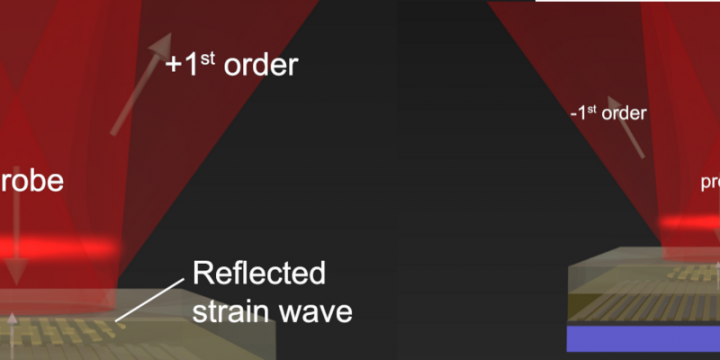
Improving signal-to-noise in photo-acoustic wafer metrology
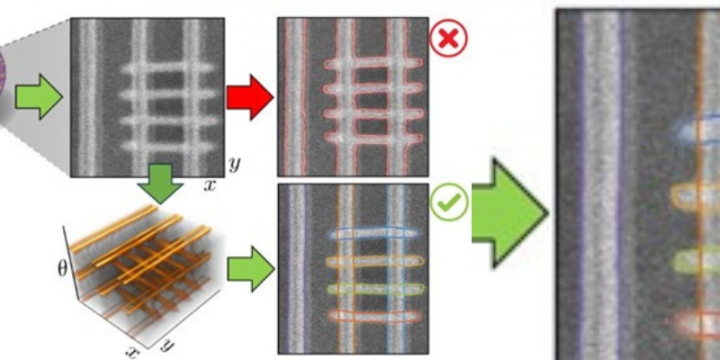
Deep Learning for Inverse Lithography and SEM Inspection
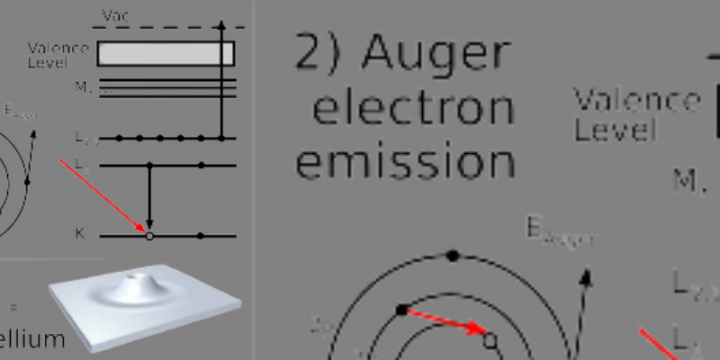
Modelling Surface Electron Excitations During Plasma Surface Interactions
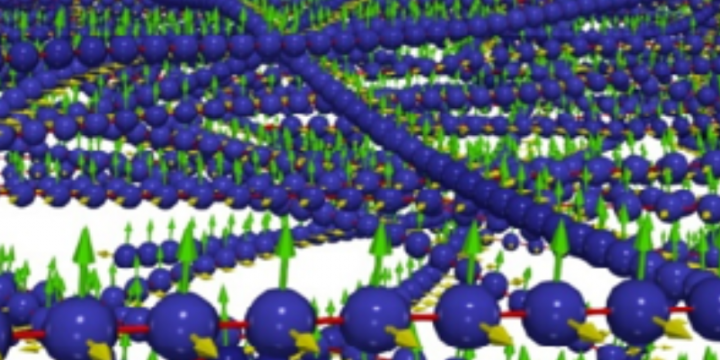
Mechanical Integrity of NanoTube structures
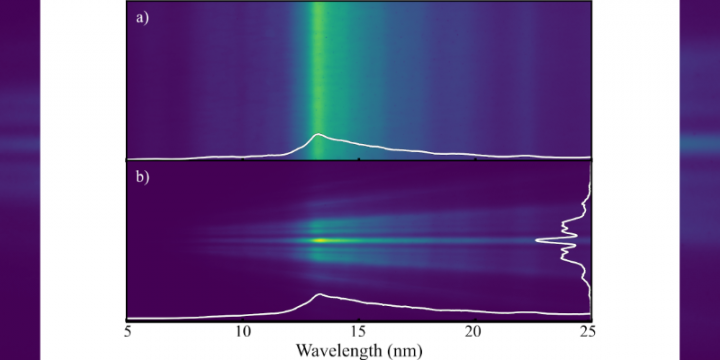
Imaging Spectroscopy for Broadband EUV Source Size Characterization
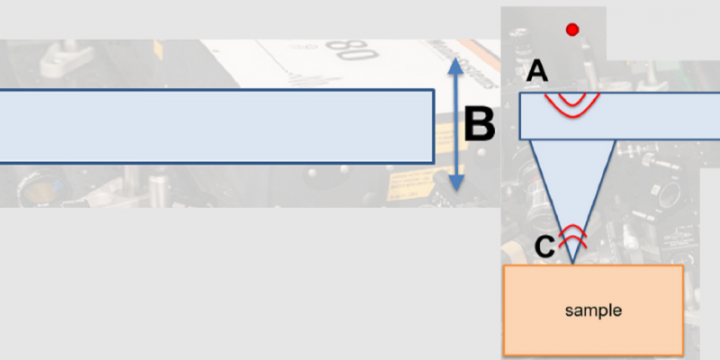
GHz Ultrasound Imaging at the Nanoscale
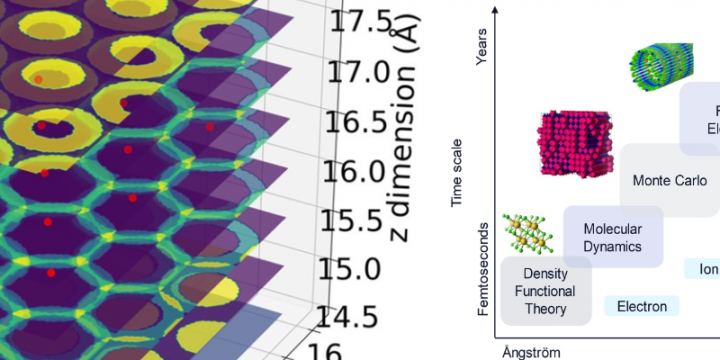
A Realistic Description of Tribological Interfaces
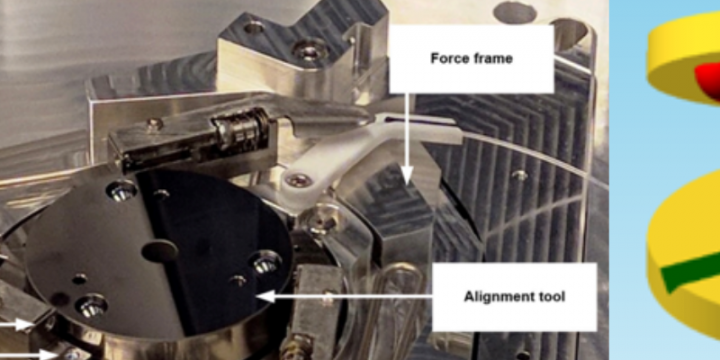
Passive Repeatable Positioning
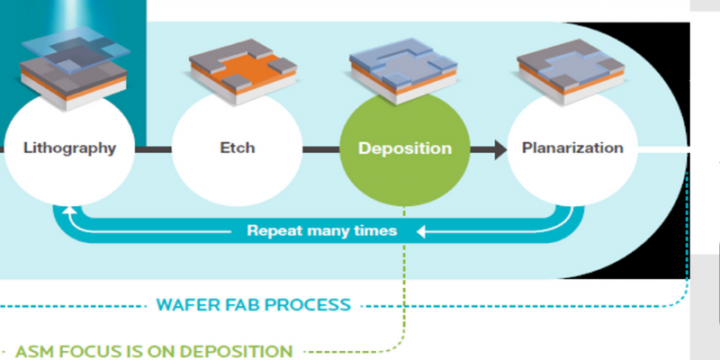
Federated Time Series Forecasting/Synthesis for Wafer Deposition
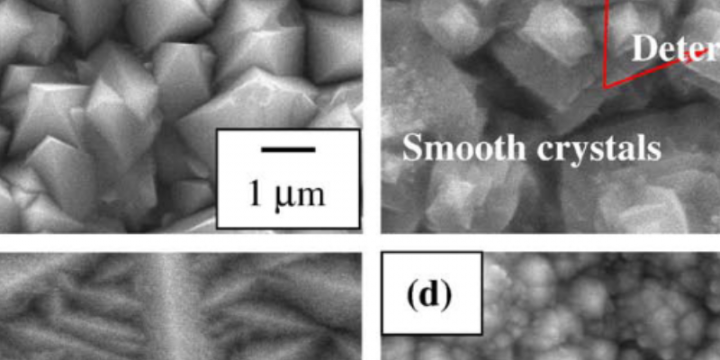
Cracking-tolerant TaC coatings for producing epitaxial SiC semiconductors
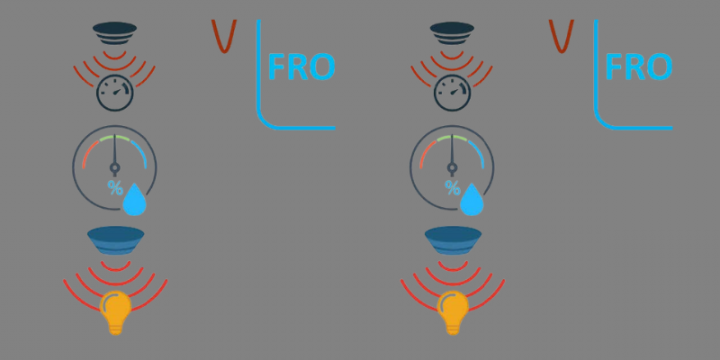
Multilayer growth optimization by hybrid X-ray metrology
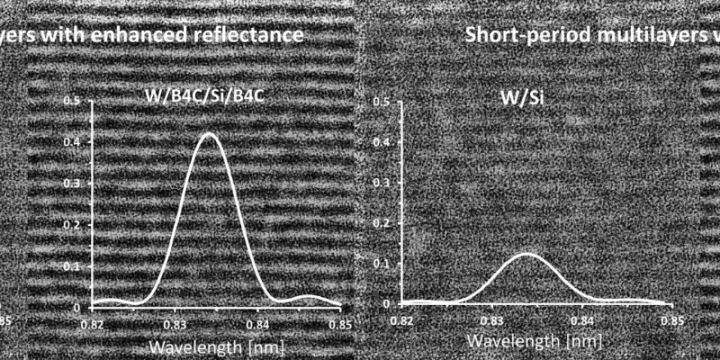
Optimized multilayers for soft X-ray reflectance

Atomic-Scale Processing Equipment for the Ångstrom Era
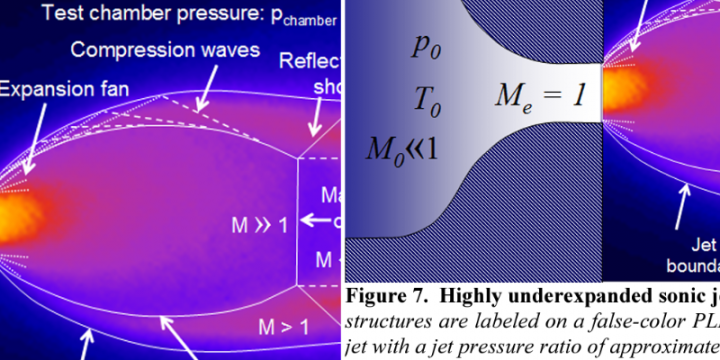
Plasmas and sonic transients

Cost-effective Mechatronic Design for High-Tech Systems
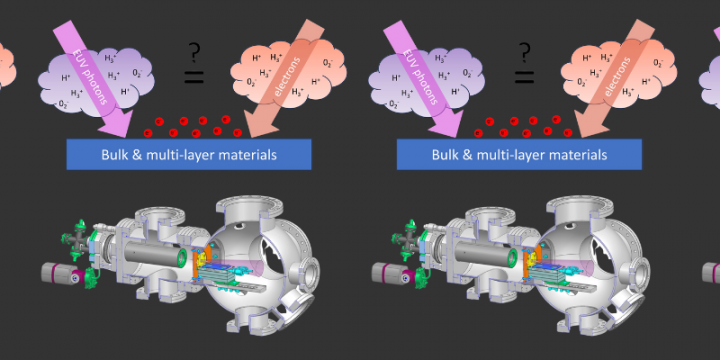
Mimicking EUV Driven Material Degradation Processes
Programmes and projects
Holland High Tech supports programmes and projects in the top sector High Tech Systems and Materials. Carried out in close collaboration between public and private partners within the mission-driven and innovation policy. Here is an overview funded R&D programmes and projects by Holland High Tech.

